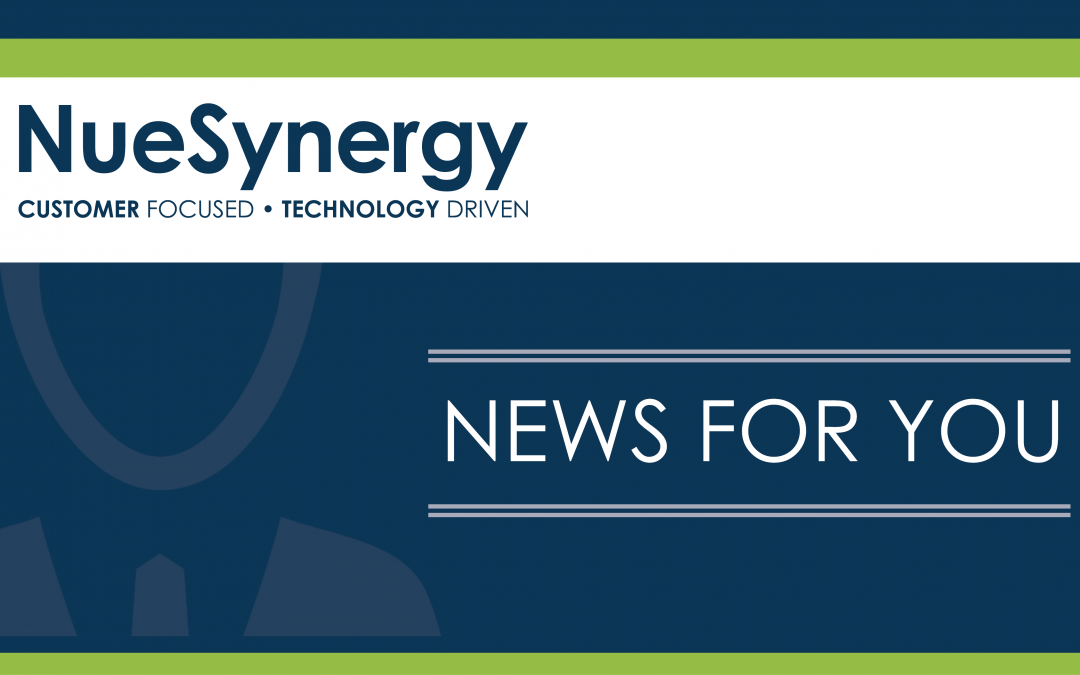
NueSynergy, Inc., Announces Acquisition of IntegraFlex
The acquisition of IntegraFlex will allow NueSynergy to expand its operations into the region and bring its in-house expertise and integrated technology to help employers maximize operational efficiencies and control rising health care costs. NueSynergy’s commitment to outstanding client service ensures employers and employees have the tools and resources to manage the financial aspects of their health care.
“We are excited about the acquisition of IntegraFlex. It provides a great opportunity to share our innovative service model with this new market. At NueSynergy we have implemented innovative, award-winning resources that make our administrative solutions truly unique.
NueSynergy’s core purpose is helping people protect their quality of life and it’s driven by a desire to provide superior customer service, while performing ethically and professionally.
We look forward to building upon IntegraFlex’s strong reputation in the region; and through our acquisition of IntegraFlex and several other companies this year, we look forward to growing the NueSynergy brand nationwide,” said NueSynergy president, Josh Collins.
###
Based in Leawood, KS, NueSynergy has grown into one of the largest benefit account administrators, providing Health Savings Accounts (HSA); Flexible Spending Accounts (FSA); Health Reimbursement Arrangements (HRA); COBRA and Direct Premiums Billing services to employers of all sizes and sectors including state and local governments, as well as privately and publicly traded companies.





